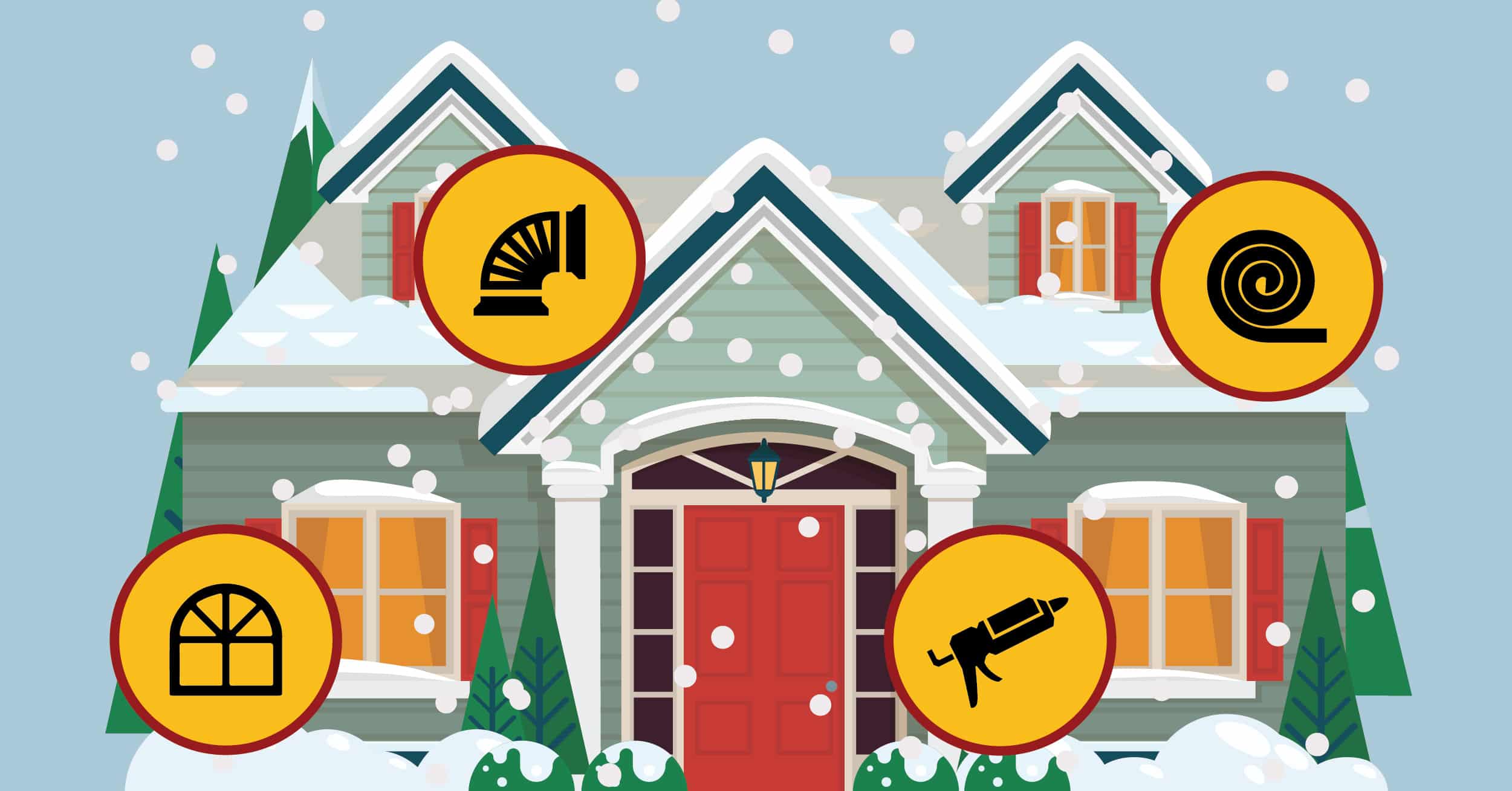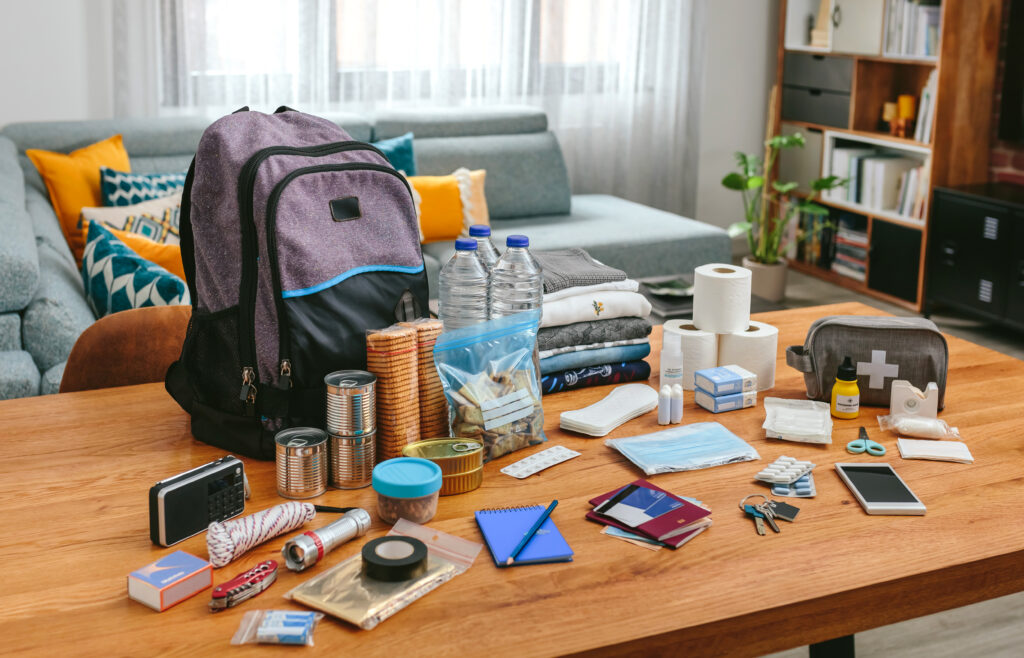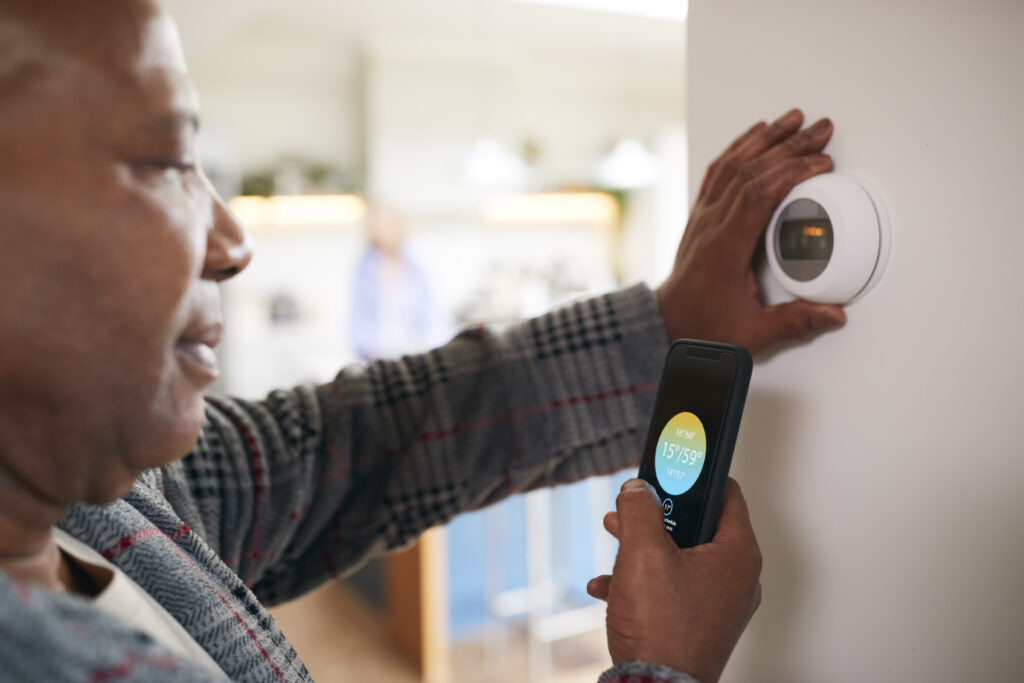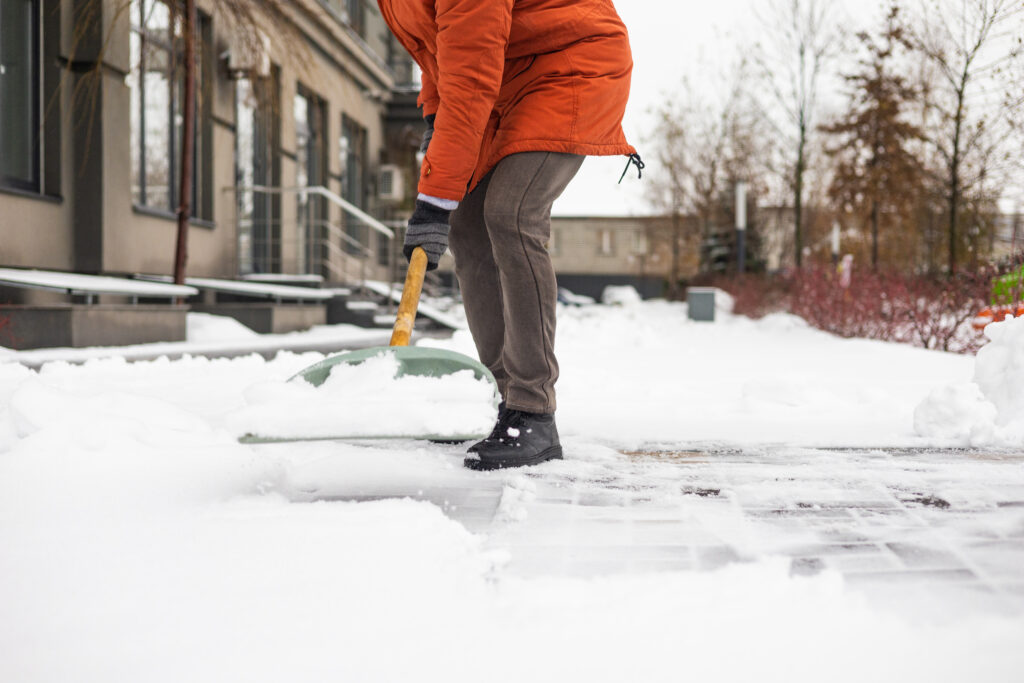House Prep for Winter: Essential Tips for Seniors to Ensure a Safe and Cozy Home
As winter approaches, it’s crucial for seniors to prepare their homes to ensure safety and comfort during the cold months. Taking proactive steps, such as conducting home safety checks and protecting plumbing, can greatly reduce the risks associated with winter weather. By focusing on specific areas of the home, seniors can create a warm and secure environment that mitigates potential hazards.
Preparing for winter involves not only inspecting heating systems but also weatherproofing homes against the elements. Simple actions like sealing drafts and ensuring walkways are accessible can prevent accidents and enhance overall well-being. By understanding the necessary precautions, seniors can enjoy the season without unnecessary worry.
With the right preparations, the winter season can be enjoyable and safe. Taking these essential steps can lead to improved health and comfort for seniors, making their homes a haven during the colder months.
Key Takeaways
- Home safety checks and maintenance can prevent winter-related accidents.
- Protecting plumbing and heating systems is essential for comfort.
- Weatherproofing ensures a warm and accessible environment.
Understanding Winter Risks for Seniors
Seniors face unique challenges during the winter months that can significantly impact their health and safety. Awareness of these risks is essential for effective preparation and mitigation.
Health Considerations
Winter can exacerbate pre-existing health conditions for seniors. The cold weather increases the risk of health issues such as hypothermia, frostbite, and respiratory problems. Seniors with chronic conditions like heart disease are particularly vulnerable, as cold stress can strain the cardiovascular system.
It is vital for seniors to monitor their health closely during winter. Regular check-ups with healthcare providers can help manage medication and monitor any changes in health status. Staying indoors during extreme weather is advisable, but if going outside is necessary, adequate layering of clothing is essential. Warm fabrics, such as wool, can help retain body heat.
Additional precautions include ensuring that living spaces are adequately heated to prevent cold-related illnesses. Caregivers should encourage hydration and nutrition, as proper intake can support the body’s ability to cope with the cold.
Heating and Energy Efficiency
Ensuring that a home is safely heated is crucial for senior well-being. A well-maintained heating system minimizes the risk of breakdowns during cold spells. It is advisable for seniors to have their heating system serviced before winter begins to ensure efficiency.
Using energy-efficient heating solutions can reduce costs while maintaining a comfortable environment. Seniors should be aware of the importance of setting the thermostat appropriately. Keeping indoor temperatures at or above 68°F helps prevent health issues.
Installing smoke and carbon monoxide detectors in the home is essential. Regularly checking these devices can prevent dangerous situations. Utilizing space heaters safely and ensuring proper insulation can also enhance warmth and comfort during winter months.
Home Safety Checks
Ensuring safety at home during the winter months is crucial, especially for seniors. Proper checks can prevent emergencies and promote a secure environment. Attention should be given to smoke and carbon monoxide detectors, as well as preparing essential emergency supplies.
Smoke and Carbon Monoxide Detectors
Regularly check and maintain smoke and carbon monoxide detectors. This involves replacing batteries every six months and testing the alarms monthly to ensure they function correctly. Detectors should be installed in key areas, such as each bedroom, the kitchen, and hallways.
Consider upgrading to interconnected alarms that can alert throughout the home. Seniors or caregivers should ensure that detectors are clear of obstructions, such as dust or furniture. A well-maintained system can provide vital early warnings, enhancing safety.
Emergency Supplies and Kits
Preparing an emergency supply kit is essential for winter readiness. The kit should include:
- First aid supplies: Band-aids, antiseptics, and any necessary medications.
- Non-perishable food: Canned goods or ready-to-eat meals that require minimal preparation.
- Water: At least one gallon per person per day for at least three days.
- Flashlights: With extra batteries to avoid power outages.
- Blankets: To maintain warmth during emergencies.
It’s important to regularly check the kit’s contents, replacing expired items. Keeping this readily accessible ensures quick response during winter storms or power outages.
Heating System Maintenance
Maintaining the heating system is crucial for ensuring warmth and safety during winter months. Proper inspection and settings can significantly enhance efficiency and prevent potential breakdowns.
Furnace Inspection and Service
Regular furnace inspections are essential for safe operation. Seniors should consider scheduling a professional service at least once a year. During this visit, a technician will check various components, including the burners, heat exchanger, and blower motor.
Key Inspection Points:
- Filters: Clogged filters can reduce efficiency. They should be replaced every 1-3 months.
- Vents: Ensure that air vents are clear of obstructions, allowing for optimal airflow.
- Carbon Monoxide Detector: Install and test detectors to prevent dangerous gas buildup.
Seniors can also benefit from learning how to perform basic visual checks, such as looking for rust or signs of wear.
Thermostat Settings
Setting the thermostat correctly ensures comfort and energy efficiency. For optimal performance, it is advisable to set the thermostat to 68°F when at home and lower it while asleep or away to save energy.
Smart Thermostat Benefits:
- Remote Access: Many smart thermostats allow users to adjust settings from their mobile devices.
- Scheduling: Users can program heating schedules to align with their daily routines.
Additionally, seniors should consider using programmable thermostats, which can automatically adjust temperatures based on preferences. Regularly reviewing and adjusting settings can lead to significant savings on heating costs.
Weatherproofing Measures
Preparing a home for winter involves essential weatherproofing measures to maintain a comfortable and safe environment. Focused attention on insulation and window treatments can significantly reduce energy costs and protect against harsh winter conditions.
Insulation and Sealants
Proper insulation is vital for maintaining indoor temperatures. Areas such as attics, basements, and walls should be inspected and upgraded if necessary. Filling gaps with quality sealant can prevent drafts.
Consider using foam insulation or fiberglass batts for effectiveness. When sealing, pay special attention to areas around pipes, electrical outlets, and vents. These can often be overlooked but are significant sources of heat loss.
Doors should have weather stripping installed or replacement thresholds added. This minimizes drafts and enhances overall energy efficiency. Regular maintenance checks can help identify any new leaks that might develop over time.
Window Treatments and Solutions
Windows are common culprits for heat loss during winter. Adding storm windows or upgrading to double- or triple-pane glass can significantly enhance energy efficiency.
To further reduce drafts, utilize window treatments such as heavy curtains or thermal blinds. These provide an extra barrier against cold air. The “candle test” is an effective method to locate leaks around window frames.
Residents should consider applying window film for additional insulation. This transparent layer can prevent heat loss without sacrificing natural light. Investing in quality window treatments creates a more comfortable living environment throughout the colder months.
Plumbing and Pipes Protection
Preparing plumbing and pipes for winter is essential for preventing costly damage. Proper insulation and preventative measures can help ensure that pipes remain functional and intact throughout the cold months.
Insulating Pipes
Insulating pipes is crucial for protecting them from extreme temperatures. Uninsulated pipes are vulnerable to freezing and bursting, which can lead to significant repairs. Insulation can be done using foam sleeves or heat tape, both of which provide an effective barrier against cold.
Key areas to focus on include:
- Basements and Crawl Spaces: These areas often have unheated pipes that are more susceptible to freezing.
- Exposed Pipes: Any pipe that runs along exterior walls should be insulated.
- Connecting Insulation to Fittings: Ensure that all fittings and joints are also insulated to prevent cold air from affecting the integrity of the plumbing.
Using insulation bands that can be easily applied will simplify the process and ensure pipes are adequately protected.
Preventing Freezing
Preventing freezing involves several strategic steps to maintain pipe integrity. Homeowners should take action before cold weather sets in to minimize risks.
Recommendations include:
- Letting Faucets Drip: Allowing a small stream of water to flow through pipes can alleviate pressure and prevent freezing.
- Maintaining Indoor Temperature: Keeping a consistent temperature in the home, especially during extreme cold snaps, can help prevent issues.
- Opening Cabinet Doors: For pipes located under sinks, opening cabinet doors can allow warmer air to circulate around these vulnerable areas.
By following these methods, the likelihood of experiencing burst pipes or plumbing failures decreases significantly.
Outdoor Area Preparation
Preparing the outdoor area before winter is crucial, especially for seniors. It involves managing gutters and downspouts and planning for snow and ice removal to protect the home and ensure safety.
Clearing Gutters and Downspouts
Clogged gutters can lead to water overflow and potential damage to the home’s foundation. It’s essential to clear debris from gutters and downspouts before winter sets in.
Seniors should consider using a sturdy ladder, or better yet, hire a professional service, to ensure safety.
Key steps include:
- Removing leaves, twigs, and dirt from gutters.
- Checking downspouts for blockages and ensuring water flows freely away from the home.
- Installing gutter guards to minimize debris accumulation in the future.
Regular maintenance will prevent ice dams and costly repairs, making it a priority in outdoor winter prep.
Snow and Ice Removal Plans
Planning for snow and ice removal is vital for safety during winter. Seniors should create a strategy that allows easy access to pathways, driveways, and entrances.
Consider the following:
- Keep shovels, salt, and ice melt easily accessible.
- Designate a neighbor or service for assistance if snow accumulation becomes too difficult to manage.
- Establish a clear pathway to emergency exits.
Additionally, applying a preventative salt or ice melt product before snowfall can minimize ice buildup. Consistent efforts in snow and ice removal ensure safe navigation around the home throughout the winter months.
Senior Mobility and Accessibility
Ensuring that a senior’s home is safe and accessible during winter is essential for preventing accidents and enhancing their quality of life. Adequate preparation can significantly improve mobility both outside and inside the home.
Pathways and Entrances
Clear and safe pathways are crucial for seniors. It is important to keep walkways free from ice and snow. Regularly clearing snow and applying salt can reduce the risk of slips.
Install handrails on both sides of stairs and ensure that entrances are well-lit. It may also be beneficial to use non-slip mats at entrances to minimize the risk of falls.
Another consideration is the use of ramps instead of stairs, as ramps offer smoother transitions and improved accessibility for those with mobility issues.
Indoor Movement Modifications
Inside the home, modifications can greatly improve mobility. Removing clutter from hallways and ensuring furniture is arranged to allow easy navigation is vital.
Consider installing grab bars in key areas such as bathrooms and near staircases. These provide support when moving around the home.
Additionally, using items like raised toilet seats and shower chairs can enhance safety during personal care.
Ensure all areas are well-lit, particularly stairs and hallways, to improve visibility. Non-slip rugs can help prevent falls, making it easier for seniors to maintain their independence.
Health and Comfort Enhancements
Maintaining health and comfort during winter requires attention to humidity levels and proper lighting. These factors significantly impact overall well-being, especially for seniors.
Humidity and Indoor Air Quality
Indoor air quality often declines in winter due to closed windows and heating systems running continuously. This can lead to dry air, which may cause skin irritations and respiratory issues.
Using a humidifier can help maintain optimal humidity levels between 30-50%. This range not only promotes skin hydration but also minimizes the risk of respiratory infections.
Regularly checking and replacing HVAC filters is essential. Clean filters ensure proper airflow and trap allergens, which contributes to better indoor air quality.
Additionally, consider ventilating the home periodically to allow fresh air in, even during cold days. This practice reduces indoor pollutants and promotes a healthier living environment.
Adequate Lighting and Visibility
As daylight hours decrease, proper lighting becomes crucial. Well-lit spaces reduce the risk of falls and enhance safety.
Incorporate LED lighting in key areas, such as hallways, stairways, and entryways. These lights provide bright illumination and consume less energy than traditional bulbs.
Task lighting should be installed in areas where seniors read or engage in hobbies. Adjustable lamps allow for tailored brightness based on individual needs.
Furthermore, consider adding motion sensor lights in frequently used areas. These provide immediate illumination and enhance safety during nighttime activities.
Regularly assess and replace burnt-out bulbs to ensure optimal visibility. Proper lighting contributes significantly to comfort and enhances the overall quality of life during winter months.



